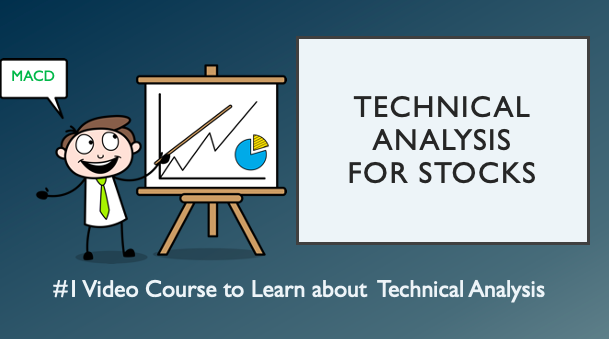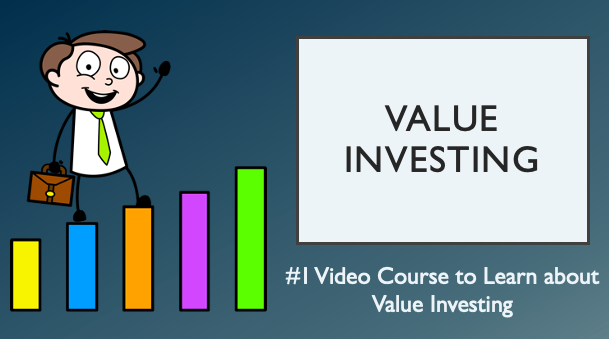Book Summary of Value Migration- How to Think Several Moves Ahead of the Competition
by Adrian Slywotzky

What is this book about?
"Value Migration: How to Think Several Moves Ahead of the Competition" by Adrian J. Slywotzky explores the concept of value migration, where economic value shifts from outdated business models to newer ones that better meet customer needs. The book provides insights into how companies can anticipate these shifts, understand the evolving priorities of customers, and design business models that capture and sustain value over time. Slywotzky uses case studies from various industries to demonstrate how successful companies have navigated value migration by focusing not just on products or technology, but on creating superior business designs that align with changing customer expectations.
Who should read the book?
This book is particularly useful for business leaders, strategists, entrepreneurs, and managers who are responsible for guiding their companies through competitive landscapes. It is also beneficial for investors and consultants who want to understand the underlying forces that drive shifts in market value and how to identify potential winners and losers in various industries. Anyone interested in strategic planning and business model innovation would find valuable insights in this book.
10 Big Ideas from the Book:
- Value Migration: Economic value shifts away from obsolete business designs to new ones that better satisfy customer priorities.
- Customer-Centric Strategy: Successful companies focus on understanding and anticipating customer needs, designing their entire business model around delivering superior value.
- Three Phases of Value Migration: Business designs go through phases of value inflow, stability, and value outflow, requiring different strategies at each stage.
- Business Design vs. Technology: Technology alone is not enough; the true driver of sustained value growth is an innovative and well-aligned business design.
- Patterns of Value Migration: Slywotzky identifies seven patterns of value migration that managers should recognize to stay ahead of the competition.
- Chess Game Analogy: Business strategy is likened to chess, where anticipating and responding to moves several steps ahead is crucial for success.
- Institutional Memory: Companies often struggle to adapt because they cling to old business models that have historically worked, even as these models become obsolete.
- Strategic Control Points: Identifying and controlling the strategic points in an industry is essential for capturing and sustaining value.
- Measuring Value Migration: Market value and other metrics can help track the success of a business design and its alignment with customer priorities.
- Innovative Business Designs: Companies like Toyota, McDonald's, and Carrefour are highlighted as pioneers who reshaped industries by challenging traditional business assumptions.
Summary of "Value Migration: How to Think Several Moves Ahead of the Competition"
"Value Migration" by Adrian J. Slywotzky explores the dynamic process of how economic value shifts within industries, moving away from outdated business designs toward new models that better align with evolving customer needs. The book presents a strategic framework for understanding these shifts, emphasizing the importance of business design over mere technological innovation. Slywotzky argues that companies can only sustain long-term success by anticipating value migration and proactively adjusting their strategies to capture new sources of value.
Key Insights from the Book
-
Value Migration: The core concept of the book, value migration refers to the flow of economic value away from obsolete business models toward those that more effectively meet customer priorities. This process can happen within an industry (from one company to another) or across industries (as new technologies or customer needs create entirely new markets).
-
Customer-Centric Strategy: Successful companies are those that consistently understand and anticipate their customers' evolving priorities. This requires an "outside-in" approach, where strategy is developed based on deep insights into customer needs, rather than merely improving existing internal processes.
-
Three Phases of Value Migration:
- Value Inflow: When a company begins to absorb value because its business design is better aligned with customer needs.
- Stability: A period where the company's business design is well-matched to customer priorities, leading to sustained value without significant new growth.
- Value Outflow: When value begins to migrate away from the company as its business design becomes obsolete, requiring a strategic shift to regain competitiveness.
-
Business Design vs. Technology: While technological innovation is important, Slywotzky emphasizes that the real driver of long-term value creation is business design—how a company selects its customers, differentiates its offerings, configures resources, and captures value. Superior business designs, not just superior products, are what drive sustainable competitive advantage.
-
Seven Patterns of Value Migration: Slywotzky identifies seven patterns that managers should be aware of:
- Multidirectional migration
- Migration to a no-profit industry
- Blockbuster migration
- Multicategory migration
- Migration from integration to specialization
- Migration from conventional selling to low-cost distribution
- Migration from conventional selling to high-end solutions
-
Strategic Control Points: Identifying and controlling the critical points in an industry that determine where and how value is captured is essential. Companies that can dominate these control points can effectively steer value migration in their favor.
-
Institutional Memory: The resistance to change within organizations due to past successes can be a significant barrier to adapting to value migration. Companies must overcome this inertia to stay relevant as the market evolves.
-
Chess Game Analogy: Slywotzky likens business strategy to a game of chess, where understanding and anticipating the moves of competitors, customers, and the market is crucial to maintaining a strategic advantage.
Relevant Metrics and Key Concepts to Remember
-
Market Value/Revenue Ratio:
- Definition: This ratio measures the economic power of a business design by comparing the company's market value to its revenue. It indicates how well the company's business design is perceived in terms of future earning potential.
- Significance: A high ratio suggests that the market believes the company will continue to capture value effectively; a low ratio may indicate that the company's business design is becoming obsolete.
-
Customer Priorities:
- Definition: The factors that are most important to customers when making purchasing decisions, which can include price, quality, convenience, or specific product features.
- Significance: Understanding and aligning with customer priorities is the key to creating a successful business design that captures value.
-
Business Design:
- Definition: The totality of how a company selects customers, differentiates offerings, configures resources, goes to market, and captures value. It is the strategy by which a company delivers value to customers and extracts profit from it.
- Significance: The effectiveness of a business design determines a company's ability to sustain long-term competitive advantage and adapt to value migration.
-
Strategic Control Points:
- Definition: Critical areas in an industry where control over key resources, customer access, or market channels determines which companies will capture the most value.
- Significance: Companies that identify and secure these control points can steer value migration in their favor, maintaining a dominant position in the industry.
-
Value Migration Phases:
- Value Inflow: The phase where a new business design starts attracting more value due to better alignment with customer needs.
- Stability: The phase where the business design effectively captures value but does not necessarily grow significantly.
- Value Outflow: The phase where the business design starts losing value as it becomes misaligned with customer priorities.
- Significance: Recognizing which phase a company or industry is in helps managers decide when to innovate or pivot their strategies.
Significance of the Concepts
The concepts of value migration, business design, and strategic control points are critical for any company looking to maintain a competitive edge in a rapidly changing business environment. By focusing on these areas, managers can better anticipate where their industry is headed, align their strategies with customer needs, and make informed decisions that ensure long-term profitability and growth.
Understanding these metrics and concepts allows companies to not only react to changes in their industry but also to proactively shape the future, ensuring that they remain relevant and profitable even as market conditions evolve.
Browse Summaries of Top Investing books!
You may also like the below Video Courses



